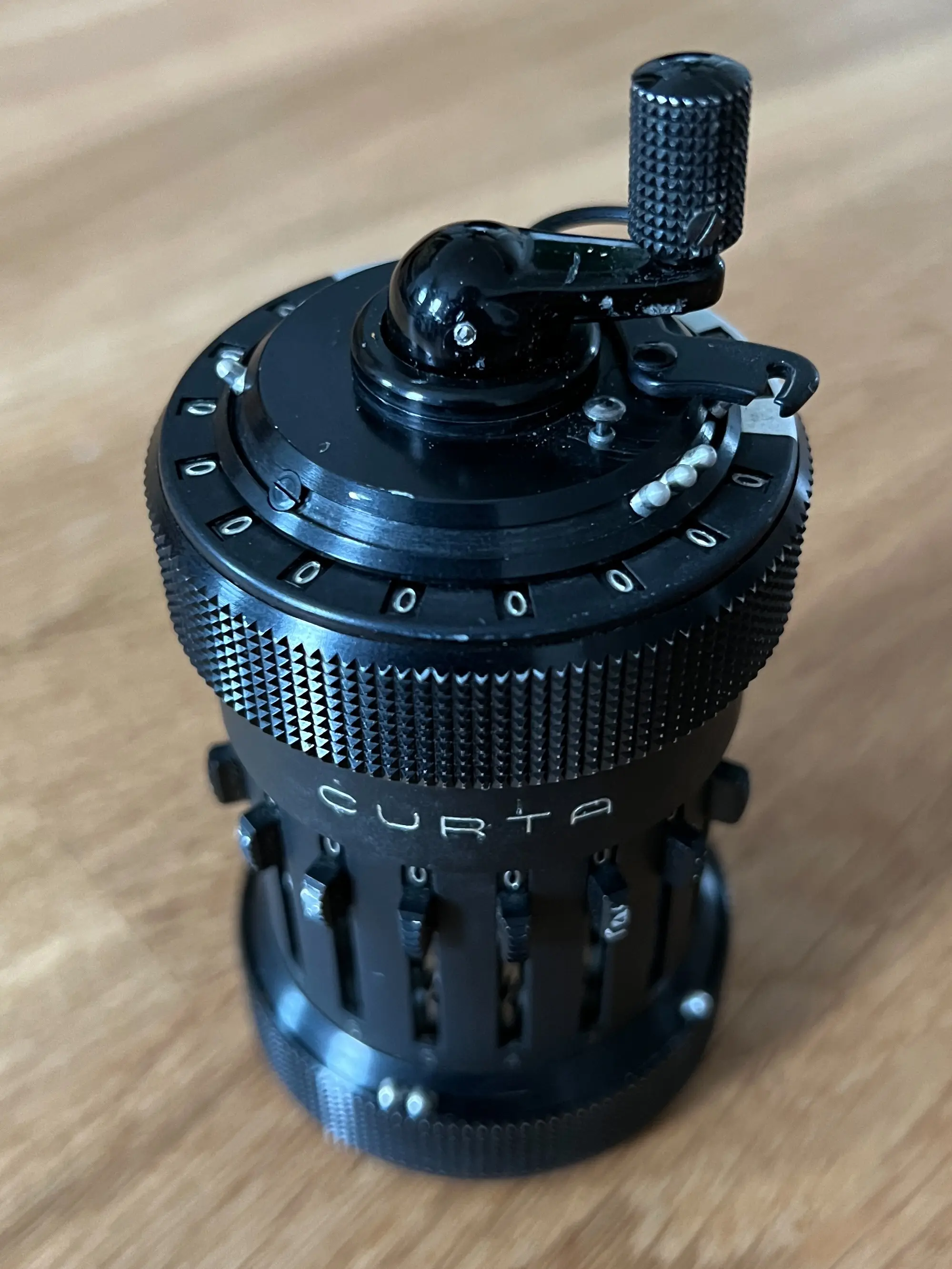The Curta mechanical calculators were designed by the Austrian engineer Curt Herzstark, with initial designs from the early 1930s – being half-Jewish, he finished the design while being held prisoner at the Buchenwald concentration camp.
Here's some quotes from the wiki article:
While I was imprisoned inside Buchenwald I had, after a few days, told the [people] in the work production scheduling department of my ideas. The head of the department, Mr. Munich said, 'See, Herzstark, I understand you've been working on a new thing, a small calculating machine. Do you know, I can give you a tip. We will allow you to make and draw everything. If it is really worth something, then we will give it to the Führer as a present after we win the war. Then, surely, you will be made an Aryan.' For me, that was the first time I thought to myself, my God, if you do this, you can extend your life. And then and there I started to draw the CURTA, the way I had imagined it. — Curt Herzstark, Oral history interview with Curt Herzstark (1987), pp. 36-37
[…]
The Curta's design is a descendant of Gottfried Leibniz's Stepped Reckoner and Charles Thomas's Arithmometer, accumulating values on cogs, which are added or complemented by a stepped drum mechanism.
Numbers are entered using slides (one slide per digit) on the side of the device. The revolution counter and result counter reside around the shiftable carriage, at the top of the machine. A single turn of the crank adds the input number to the result counter, at any carriage position, and increments the corresponding digit of the revolution counter. Pulling the crank upwards slightly before turning performs a subtraction instead of an addition. Multiplication, division, and other functions require a series of crank and carriage-shifting operations.

Oo nice, thank you for the tip